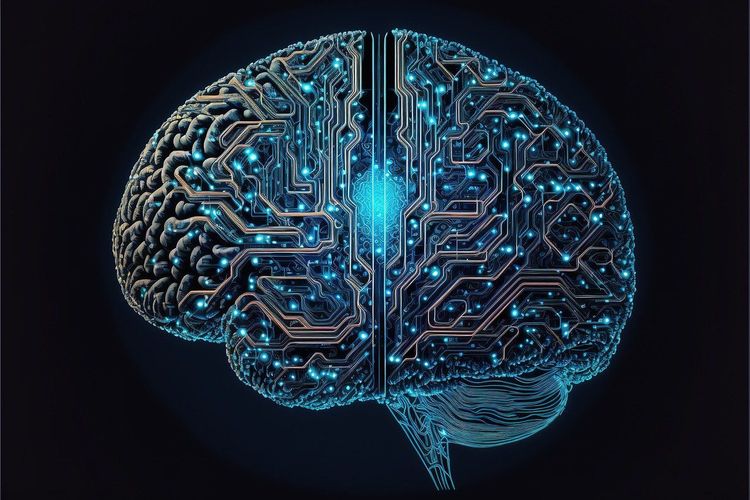In March, an open letter signed by prominent figures like Elon Musk and Steve Wozniak urged a pause in the development of artificial intelligence systems exceeding the capabilities of GPT-4. Nearly a year later, passionate debates continue to unfold around the implications of advanced AI technologies.
During a panel discussion at the World AI Cannes Festival, Mark Brakel, director of policy at the Future of Life Institute, which published the letter, emphasized that society has collectively recognized the need for cautious handling of certain technologies—paralleling concerns around human cloning and public access to nuclear research. He noted that while these technologies pose significant risks, they require a level of oversight to mitigate potential harm.
Contrarily, Francesca Rossi, global leader in AI ethics at IBM, contested the notion that AI should be likened to nuclear weaponry. Rossi asserted that nuclear arms are a specific manifestation of a broader technological framework, whereas AI serves a multitude of applications. She remarked, “We need to be cautious with these analogies. They can be very alarming, but effective comparisons must have fundamental elements that align.”
Joining her in this sentiment, Yann LeCun, Chief AI Scientist at Meta, characterized the comparison of AI to nuclear weapons as “ridiculous.” LeCun emphasized that AI is fundamentally designed to enhance human intelligence, while nuclear weapons exist solely to cause destruction. He stated, “Any powerful technology can be used for good or bad.” Furthermore, LeCun suggested that discussions surrounding AI should focus on its potential benefits or detriments to humanity rather than labeling the technology itself as intrinsically dangerous.
Both Rossi and LeCun recognized a distinction between regulating AI deployments and products versus restricting research efforts. They cautioned that limiting research could hinder advancements that enhance AI safety. Rossi articulated that ongoing AI research acts as a vital tool for mitigating associated risks. LeCun added that maintaining an open-source approach to AI development invites a broader array of contributors, fostering diversity among developers.
LeCun drew comparisons between stringent AI regulations and the Ottoman Empire’s ban on the printing press, arguing that while such restrictions are meant to exert control, they may inadvertently protect corporate interests. He criticized major corporations engaged in secretive AI development for persuading governments that existential risks from AI are paramount. “This is not an isolated process,” LeCun explained. “There’s no single genius who invents AI and triggers a cataclysm. Instead, we have an open community engaging in transparent research while striving to do what’s best, which is ultimately the most democratic approach.”
Brakel responded by specifying that discussions around existential risks don’t claim certainty regarding total destruction but highlight the probabilities of potential disasters stemming from AI advancements. He noted that raising the existential risk narrative can also attract attention to pressing issues associated with AI, like algorithmic bias and privacy violations. LeCun pointed out that an excessive focus on existential threats could overshadow tangible harms already present in AI systems.
In this context, Brakel referenced the EU's AI Act and the Biden administration's executive order, which aim to tackle biases and economic implications while also regulating systems with significant computational power. The European Union is preparing to establish an AI regulatory agency to enforce compliance with the AI Act, imposing fines of up to 7% of global annual revenue on companies that breach rules. Brakel expressed support for the establishment of a regulatory body overseeing AI developments but cautioned against replicating the pitfalls encountered with the General Data Protection Regulation (GDPR), which drove companies to relocate their European headquarters to regions with less stringent regulatory environments.
The ongoing dialogue surrounding AI regulation continues to evolve, emphasizing the need for thoughtful governance that balances innovation with safety and ethical considerations.







